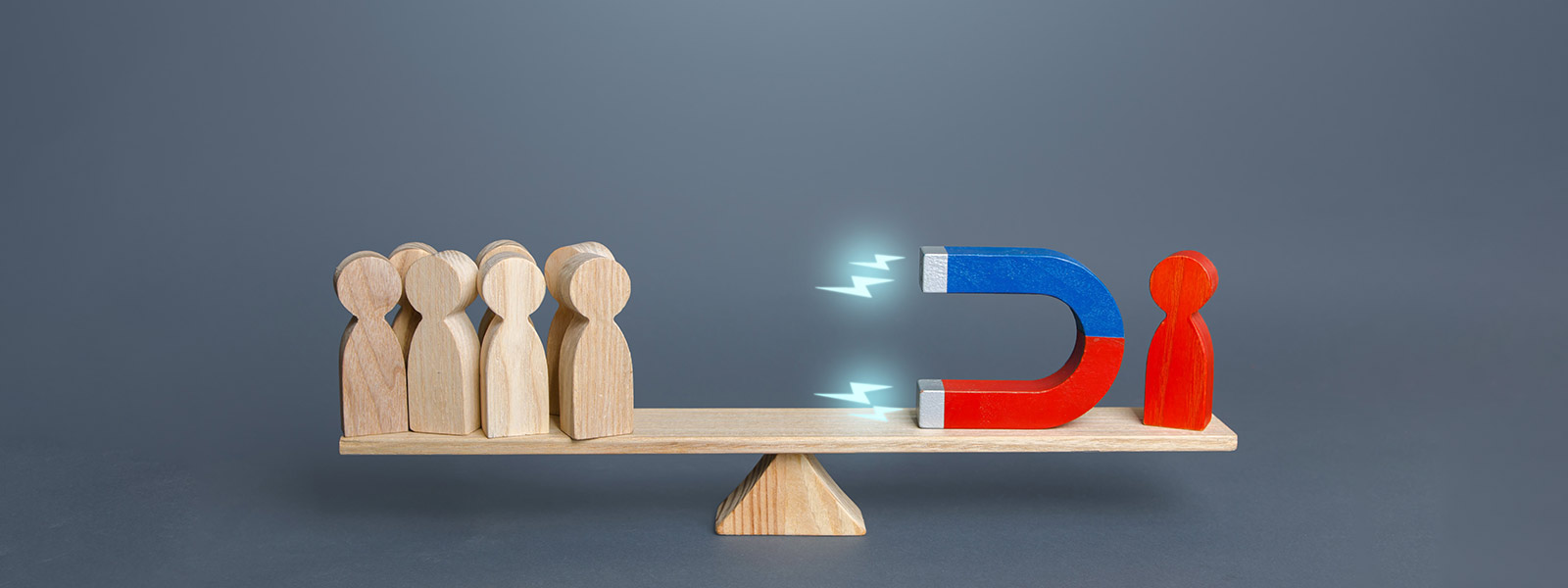 Customer Support
Customer Support

30 November, 2023

Do you know that customers and clients are the most important part of any business? Although “Client” and “Customer” are sometimes used in the same way, there are several important differences and similarities between the two.
A business is incomplete without clients and customers. Companies need to know the distinction between a customer and a client. Without a doubt, knowing the difference between a customer and a client may help you identify your target market.
In his blog post, we will describe the differences and similarities between clients and customers, Let’s see
Contents
The terms “client” and “customer” are often used in common, but there are some soft differences between the two, so it’s important to review their definitions. Let’s see
A client is someone who receives professional services from a business or individual. They usually have a long-term relationship with the provider and depend on them for skills and guidance.
Clients generally engage in an ongoing relationship with a business and receive specialized services and personalized attention based on their needs.
The characteristics of a client can vary depending on the industry and the specific services being provided. However, some general characteristics are common to most clients. These include:
Companies providing professional services often call the individuals they work with “clients.” Clients generally need services to meet personal or business needs regularly. Here are examples of industries and businesses that work with clients:
A customer is any individual or business that makes use of a firm’s products or services. A customer is someone who receives goods, services, ideas, or products from a vendor, supplier, or seller.
This might be done to satisfy a need or want, build up riches, or make a political or social statement. The advantages of the activity or service, which include things like the cost and quality of the purchased goods, are sufficiently obvious for the customer to understand.
The customer can be an individual or a corporation in the context of marketing management and business operations.

Customer characteristics are a broad issue. However, you must be aware of the fundamental traits of your clientele if you intend to develop a customer relationship management (CRM) system.
You may collect and store client information with the aid of the CRM system. You must have a thorough awareness of your clients’ attributes to utilize your CRM to its full potential.
After a free trial or a few paid packages, they’re likely to get what they want and move on.
In other words, if people only have short-term needs, they may not find your offering valuable or stay interested in it.
Convenience for customers is defined as having physical access to the store and simple payment options. The selection and quickness of service are additional convenience aspects.
The combination of these factors significantly affects how the convenience value idea influences the customer decision-making process.
The primary requirement for a customer service provider is convenience. The more handy the service is, the faster it can complete the desired action. They are happier the faster they achieve their goals.
A company should aim to finish the task quickly, even if it means sacrificing some other service benefits.
These customers often choose based on convenience, such as proximity or lower prices, and don’t necessarily have long-term relationships with the stores.
While they may return for more purchases, it’s usually for immediate needs rather than forming a lasting client connection.
When customers buy goods or services from companies and shops, they initiate financial transactions. Some clients may make purchases regularly, but these transactions may not happen repeatedly.
Here are some examples of companies that interact with clients:

Businesses depend on both clients and consumers to generate money, but there are differences between the two in terms of needs and behaviors.
Successful businesses understand how to satisfy their clients’ or customers’ requirements.
Some distinctions between them are as follows:
Clients seek professional services, while customers purchase goods or services.
Client relationships tend to be more personalized and tailored to specific needs. Customer relationships may be less personalized, especially for mass-market products or services.
Clients may have exclusive access to a service provider’s expertise or time.
Customers may not have the same level of exclusivity, especially if they are purchasing standardized products or services.
Clients may have higher expectations of ongoing support and communication from their service providers.
Customers may have lower expectations of service support, especially for one-time purchases.
Businesses may use different marketing and sales strategies to attract clients and customers.
For clients, the emphasis may be on building trust and showcasing expertise.
For customers, the focus may be on highlighting product features, pricing, and promotions.
Ultimately, the difference between a client and a customer is a matter of perspective. Businesses can use either term to refer to the people who buy their goods or services.
However, by understanding the subtle differences between the two terms, businesses can better tailor their marketing and sales strategies to their target audience.
Clients and customers are both important to a business, and they share many similarities. Here are some of the key similarities between clients and customers:
Whether they are purchasing goods or services, clients and customers are ultimately seeking to fulfill a need or desire.
Regardless of whether they are paying a premium for professional services or seeking a good deal on a product, clients and customers expect to receive something worth their money.
Everyone wants their problems to be immediately handled, and they want to be treated with respect. Companies with superior customer service have a higher chance of keeping their current clientele as well as drawing in new ones.
Clients and customers can provide businesses with insights into their needs, preferences, and expectations. This feedback can be used to improve products, services, and customer service.
Positive referrals from pleased clients and consumers may be an effective marketing strategy. Negative evaluations, on the other hand, have the power to harm a company’s reputation and turn off prospective consumers.
Positive referrals from pleased clients and consumers may be an effective marketing strategy. Negative evaluations, on the other hand, have the power to harm a company’s reputation and turn off prospective consumers.
Clients and customers may also share some specific characteristics, depending on the type of business they are dealing with. For example, a law firm’s clients may typically be high-income individuals or businesses, while a grocery store’s customers may come from a wider range of socioeconomic backgrounds.
Ultimately, the terms “Client” and “Customer” are just labels. What matters most is that businesses treat all of their customers and clients with respect and provide them with the products, services, and customer service they deserve.
The difference between a client and a customer is a matter of perspective. Businesses can use either term to refer to the people who buy their goods or services.
However, by understanding the subtle differences between the two terms, businesses can better tailor their marketing and sales strategies to their target audience. Despite these distinctions, both play vital roles in the success of businesses.